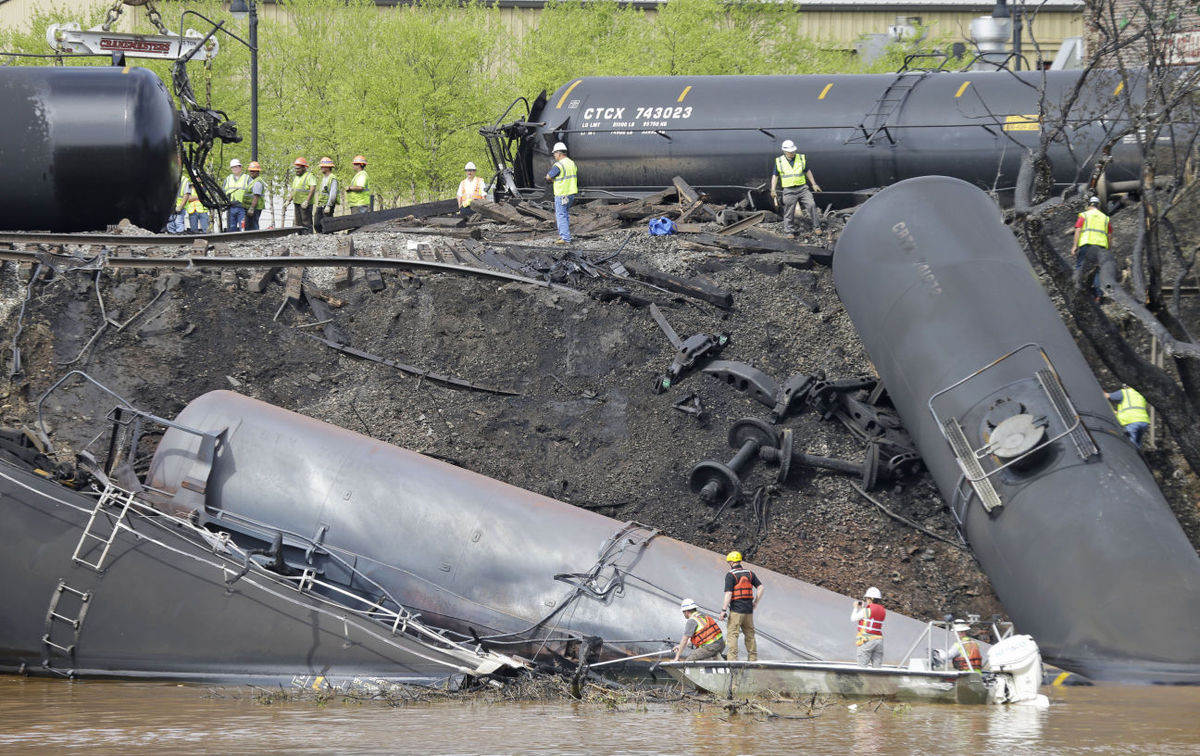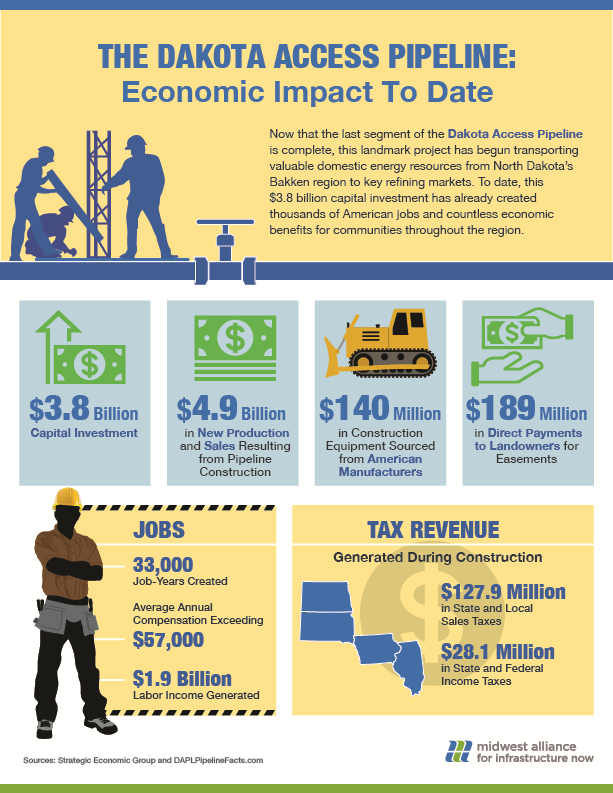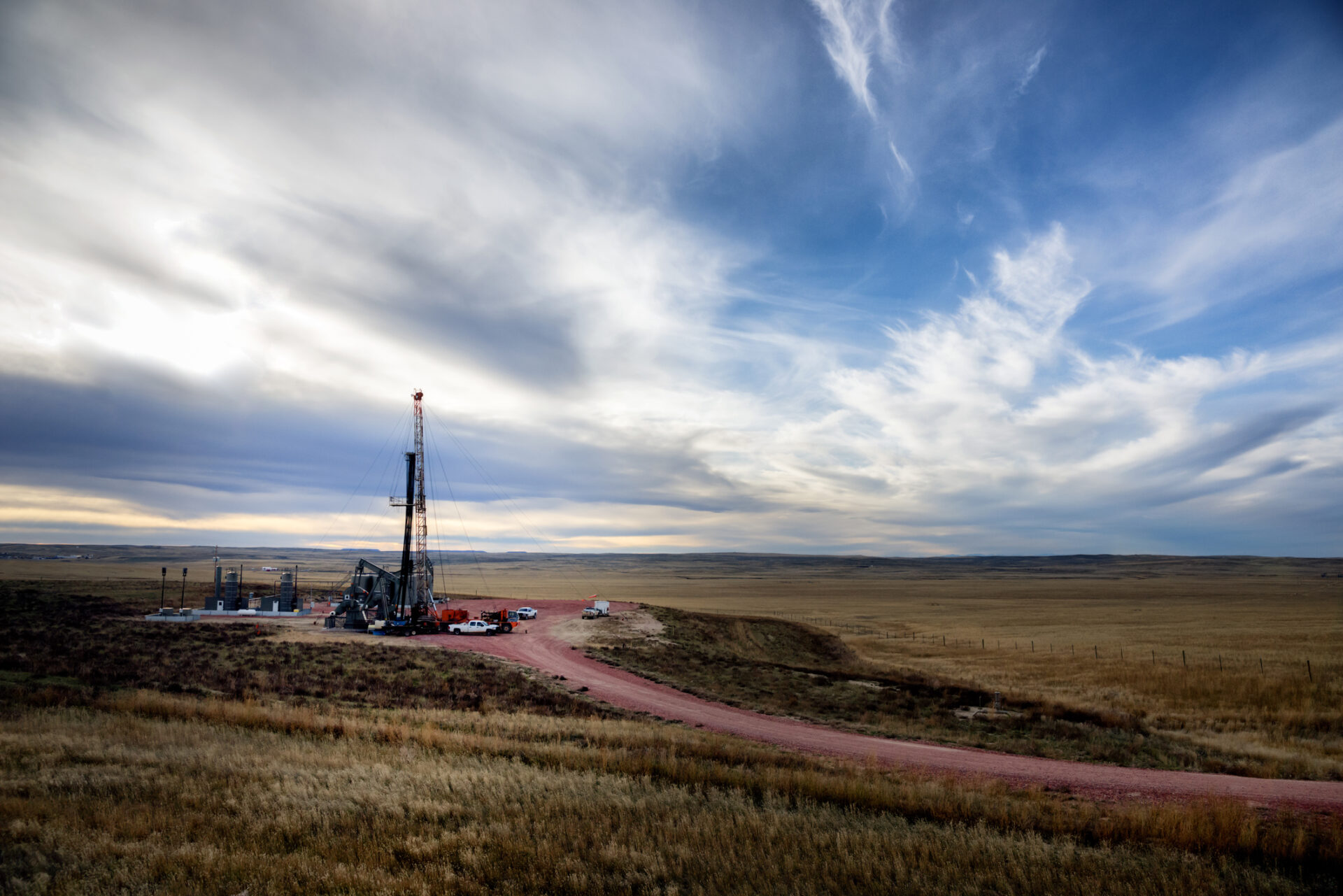President Trump will have much to celebrate this Saturday as he marks his 100th day in office. During his short time in the White House, President Trump has already delivered on his promise to prioritize infrastructure development and support American energy independence.
Some of the President’s more notable accomplishments include:
- Approving the Dakota Access and Keystone XL pipelines;
- Expediting environmental reviews and approvals for high priority infrastructure projects; and,
- Streamlining permitting and reducing regulatory burdens for domestic manufacturers.
More broadly, President Trump has ignited a long overdue conversation on the importance of revitalizing America’s aging infrastructure and this summer, is expected to join with Department of Transportation Secretary Elaine Chao to roll out a $200 billion infrastructure package.
“We applaud President Trump’s actions to support investment in America’s infrastructure,” said MAIN Coalition spokesman Craig Stevens. “Domestic infrastructure development will lead to the creation of thousands of American jobs, a stronger economy, and a more modern nation. We look forward to working with the administration as well as state and local officials to promote the benefits of private and public infrastructure investments.


